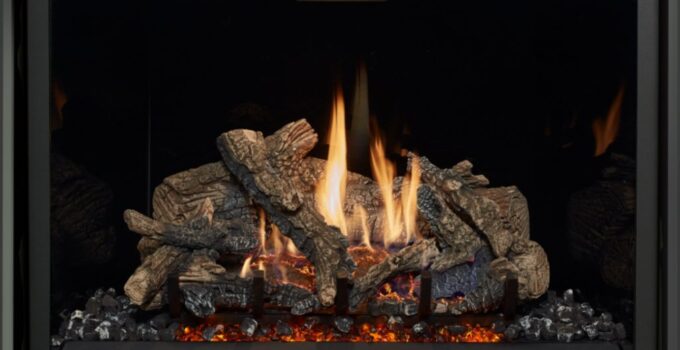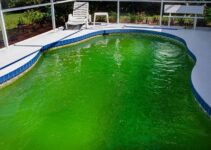Gas fireplaces offer an enjoyable alternative to wood fires without the effort required to gather wood for combustion, but there can be drawbacks associated with using one.
However, if you’re looking for a convenient and low-maintenance heating option, gas fireplaces can still be a great choice — just make sure to stay on top of maintenance and safety precautions.
Visit Hurliman Heating & Air Conditioning to learn more about the costs and considerations of gas fireplaces.
Page Contents [show]
Ease of use
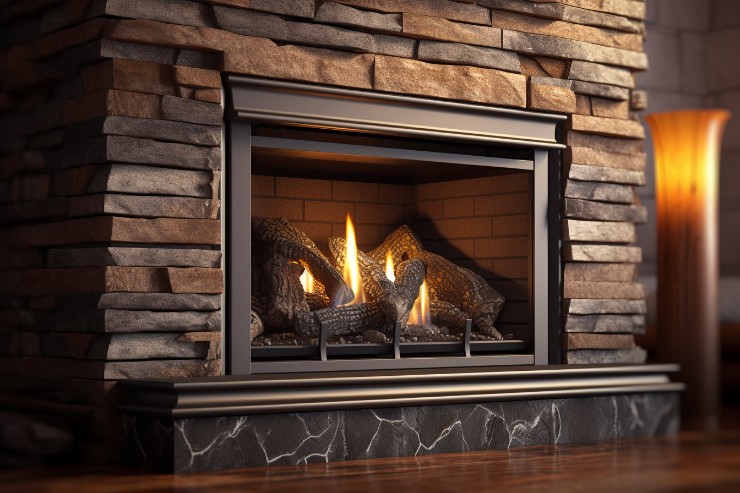
Source: dreifussfireplaces.com
Wood fireplaces provide cozy warmth and ambiance; however, some homeowners appreciate the convenience of gas units. Switching your fire on and off with one simple click makes these units especially suitable for busy households; eliminating the need to chop or stack firewood.
However, its convenience can come at a cost for homeowners. Running a gas fireplace can become increasingly costly over the winter if you keep the fire burning at higher temperatures for longer than recommended.
Many homeowners choose gas fireplaces due to their ease of use. No other fireplace type makes starting one so simple, and once lit, you can easily adjust flames and heat with a wall thermostat or remote control. Venting systems that draw air in from outside also reduce smoke and odor, making these fireplaces more efficient at heating your home than wood ones.
Maintenance
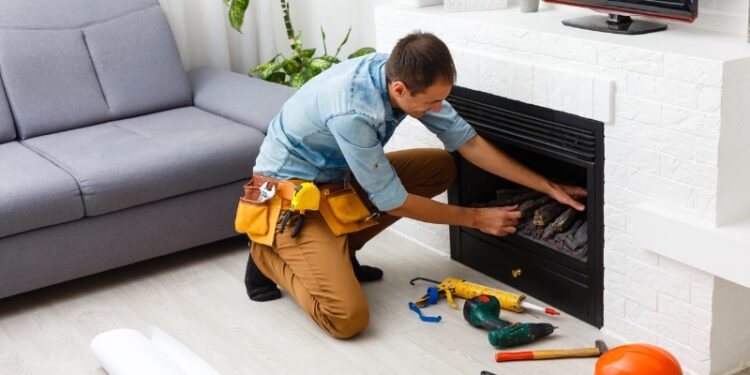
Source: rbheating.com
Gas fireplaces may be convenient, but they still require care and maintenance. For instance, if you notice strange odors like rotten egg smell or hissing sounds that indicate possible gas leakage, then contact 911 immediately to address this situation.
Gas fireplaces should be visually inspected yearly to check for changes, inconsistencies or debris that needs cleaning. Furthermore, it is advised to check the vent system and chimney for blockages, debris or bird nests, which could obstruct ventilation and cause potential fire hazards.
As they burn, soot and creosote buildup create fire hazards in your chimney’s flue lining if left unchecked; moisture buildup leads to creosote deterioration, which needs to be dealt with promptly to maintain safety and efficiency — additionally, keeping up a maintenance schedule can boost home value.
Gas fireplaces tend to be less messy than their woodburning counterparts, as they don’t produce as much ash and soot. However, regular maintenance must still occur to prevent soot buildup from creating performance issues or becoming a fire hazard. Many owners hire a professional for annual inspections of their gas fireplaces.
Installation
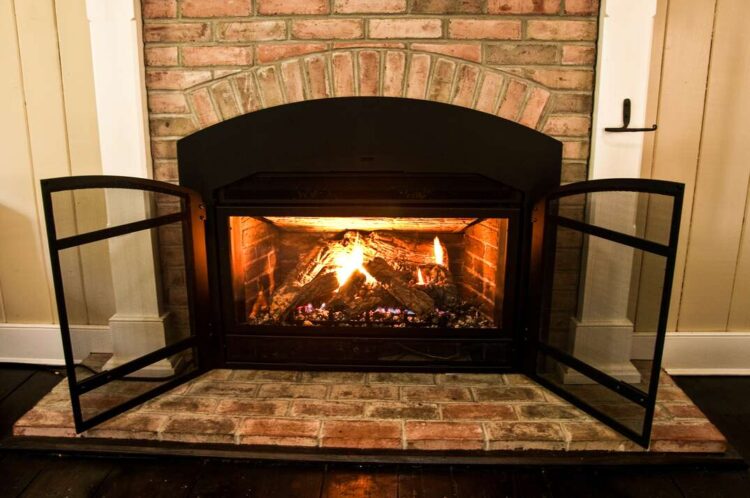
Source: homeserve.com
Installing a fireplace is no small task, and installing one that uses gas can be especially complex. Without already being connected to a natural gas line, running one may prove challenging and time-consuming — it is recommended to consult a professional technician in your area.
As well as professional installation, a new gas fireplace may require other work, such as ductwork and chimney installation, depending on your home.
Furthermore, it’s essential to understand how a gas fireplace will impact both energy costs and resale value, particularly the former, as it can increase home efficiency by producing more heat with less fuel; however, it might not generate as much resale value as plug-in electric fireplaces.
Cleaning
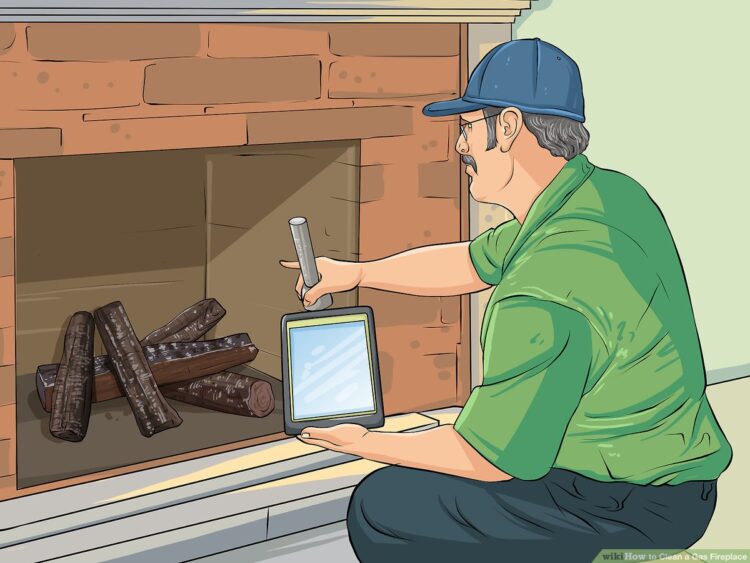
Source: wikihow.com
Gas fireplaces burn cleaner and use less fuel than wood-burning fires, yet still need regular cleaning in order to remove byproducts and keep your unit operating as it should. Otherwise, you could notice a foggy film or buildup of soot and residue on its surfaces.
Start by making sure the fireplace is cool before cleaning it, removing any screens or grates that could get in the way, opening your fireplace doors to remove logs without breaking them or making a mess of your living area, then vacuuming around any grates, decorative stones, and components that could potentially get caught by the vacuum cleaner.
After vacuuming, use a feather duster or soft cloth to dust off the inside of your fireplace before wiping down its glass with a damp cloth. For any decorative components such as lava rocks, glass stones or any other elements with which your fireplace comes equipped, such as decorative components that collect dust, use the hose attachment on your vacuum cleaner hose attachment for effective dust and debris collection.
Finally, use a hand broom or soft paintbrush to remove soot and dirt from the logs, checking each for excessive burn marks or holes. In addition, brush away dust and debris from the burner unit and inspect each vent hole to ensure they are free from blockages.

